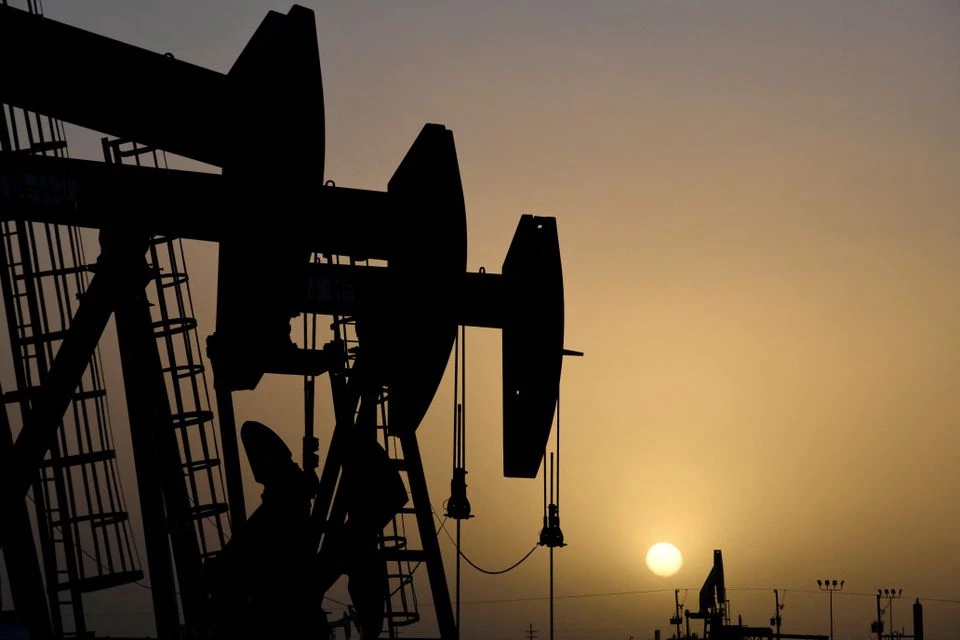Oil production in russia is falling rapidly

OPEC predicts a significant drop in oil production in russian federation until 2027.
Oil production in russia will fall to 10.1 million barrels per day (b/d) by 2027. At the same time, shale oil production in the US will increase to approximately 16 million barrels per day. This is stated in the annual analytical review of the OPEC oil cartel, reports “Business.Censor”.
In the short- and medium-term perspectives, oil production in russian federation will fall due to the embargo of Western countries and the refusal of other buyers to purchase russian energy resources, as well as due to a decrease in domestic demand. The embargo on the import of russian oil, which will be implemented by the EU countries on December 5, will hit the russian economy the hardest.
Oil production in russian federation will decrease from 10.8 million b/d in 2021 to 10.1 million b/d in 2027. In general, by 2045, russian oil production will average 10.4 million b/d, OPEC experts report.
At the same time, shale oil production in the US is forecast to grow from 11.6 million b/d in 2021 to 15.5 million b/d in 2025 and reach a peak of 16.1 million b/d by 2030. As a result, total U.S. liquid hydrocarbon production is expected to grow from 17.8 million b/d in 2021 to 21.3 million b/d in 2025 and remain at that level until 2030, before declining to 17 2 million b/d by 2045.
According to the forecast, the supply of liquid hydrocarbons from OPEC countries will increase after the pandemic-induced decline from 31.6 million b/d in 2021 to 35.6 million b/d in 2027. At the same time, most of the growth will occur in 2022-2023. In addition, in 2022, world oil consumption will increase to 100.3 million b/d after 96.9 million b/d in 2021. Further, demand will grow significantly until 2025 — by an average of 2.1 million b/d.
Instead, the supply of oil to the world market from non-OPEC countries, subject to the recovery of demand, will exceed 71 million b/d already in 2027 and will reach a peak of 72.4 million b/d by 2030, and the supply of liquid hydrocarbons will be 69, 6 million b/d, in 2030 it will grow to 72.4 million b/d.
Today, the leading medium-term source of supply growth in the world market remains the USA. Other sources of production increase during this period will be Brazil (on average by 1.2 million b/d), Guyana (0.8 million b/d), Canada (0.5 million b/d) and Norway (0.4 million b/d /d). At the same time, the share of the russian market will decrease by 0.7 million b/d.





